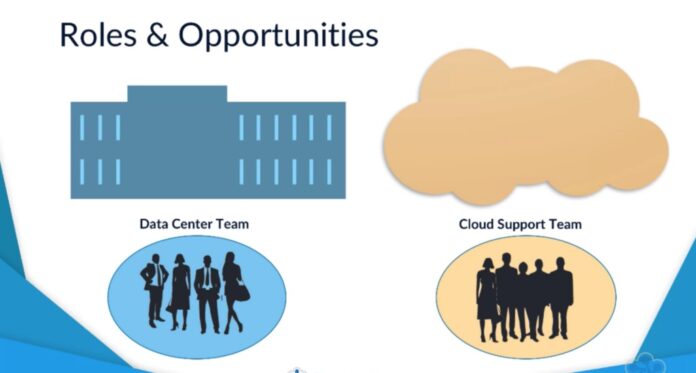Introduction –
Database Migration Administration (DMS) is a cloud administration that makes it conceivable to move social databases, data stockrooms, NoSQL databases, and different kinds of data stores. You can utilize DMS to move your data into the Cloud or between mixes of cloud and on-premises arrangements. With DMS, you can find your source data stores, convert your source blueprints, and relocate your data. To find your source data framework, you can utilize DMS. This assistance gathers data from your on-premises database and scientific servers, and fabricates a stock of servers, databases, and patterns that you can move to the Cloud. For counselling you can check data migration consulting. To relocate to an alternate database motor, you can utilize DMS Outline Transformation. This help naturally evaluates and changes your source patterns over completely to another objective motor.
DMS & Cloud Interconnection –
After you convert your source patterns and apply the changed code over completely to your objective database, you can utilize DMS to relocate your data. You can perform one-time migrations or repeat progressing changes to keep sources and focuses in a state of harmony. Since DMS is a piece of the Cloud, you get the expense productivity, speed to market, security, and adaptability that services offer. At an essential level, DMS is a server in the Cloud that runs replication programming. You make a source and target association with let DMS know where to extricate from and burden to. Then you plan an errand that sudden spikes in demand for this server to move your data. DMS makes the tables and related essential keys in the event that they don’t exist on the objective. You can make the objective tables yourself on the off chance that you like. Or on the other hand you can utilize Mapping Change Apparatus (SCT) to make some or all of the objective tables, lists, perspectives, triggers, etc.
Migration Errands that DMS Does –
DMS takes over a significant number of the troublesome or drawn-out undertakings engaged with a migration project: In a conventional arrangement, you really want to perform limit examination, obtain equipment and programming, introduce and control frameworks, and test and troubleshoot the establishment. DMS consequently deals with the organization, the executives, and checking of all equipment and programming required for your migration. Your migration can be ready to go promptly after beginning the DMS setup process. With DMS, you can increase (or scale down) your migration assets on a case-by-case basis to match your real responsibility. For instance, assuming you discover that you really want extra capacity, you can without much of a stretch increment your designated stockpiling and restart your migration, generally in no time.
Cost Model –
DMS involves a pay-more only as costs arise model. You just compensation for DMS assets while you use them, instead of conventional authorizing models with direct front buy costs and progressing upkeep charges. DMS naturally deals with all of the framework that upholds your migration server, including equipment and programming, programming fixing, and mistake detailing. DMS gives programmed failover. In the event that your essential replication server falls flat under any circumstance, a reinforcement replication server can take over with practically zero interference of administration. DMS consequently inventories your data foundation. It makes reports that assist you with recognizing migration competitors and plan your migration. DMS Composition Transformation naturally evaluates the intricacy of your migration for your source data supplier. It likewise changes over database compositions and code objects to a configuration viable with the objective database and afterward applies the changed over code.









